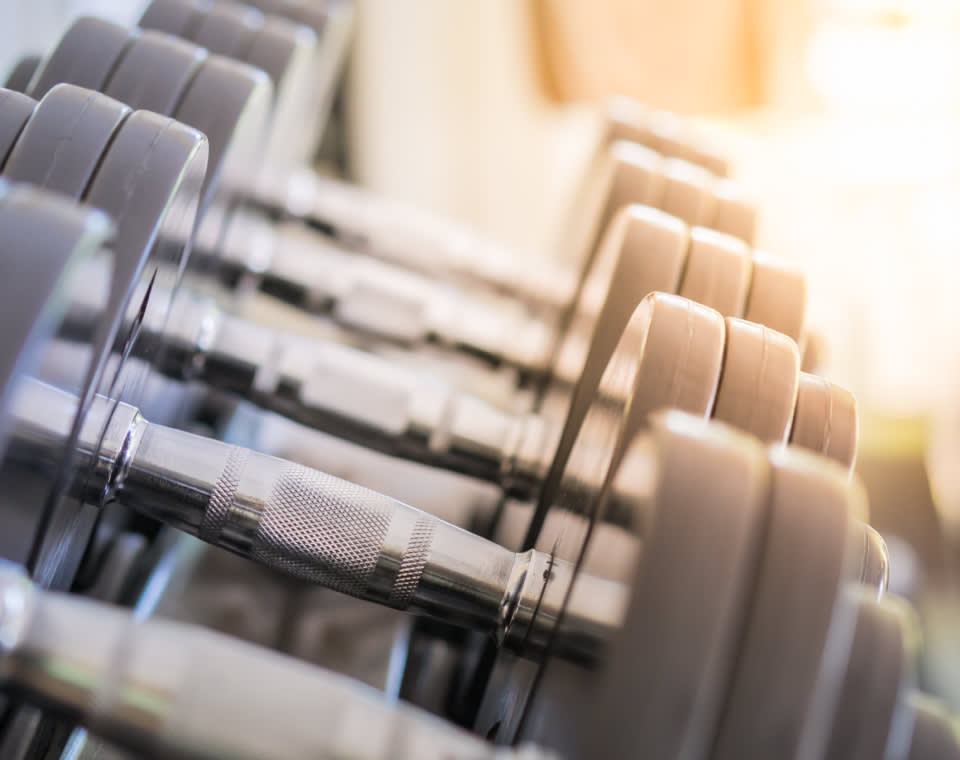Understanding the Testosterone to Oestradiol (T:E) Ratio: Why It Matters for Men’s Health
Maintaining a healthy balance between testosterone and oestradiol is crucial for overall well-being in men. While testosterone is often celebrated as the primary male hormone responsible for muscle growth, libido, and energy, its counterpart, oestradiol, plays equally important roles in bone health, mood regulation, and cardiovascular function. The testosterone to oestradiol (T:E) ratio reflects this balance, and understanding it can provide critical insights into hormone health.
What is the T:E Ratio?
The T:E ratio measures the balance between testosterone (the primary male androgen) and oestradiol (the most potent form of oestrogen). This ratio is influenced by several factors, including age, body composition, stress levels, and aromatase activity. Aromatase is the enzyme responsible for converting testosterone into oestradiol, and it is found in tissues like fat, bone, brain, and the liver.
Why the T:E Ratio Matters
- Muscle Mass and Strength: A healthy T:E ratio supports muscle growth and maintenance. Low ratios can lead to reduced muscle mass and increased fat accumulation.
- Bone Health: Oestradiol is crucial for maintaining bone density. An optimal T:E ratio helps prevent osteoporosis and fractures, especially as men age.
- Libido and Sexual Health: Both testosterone and oestradiol are necessary for sexual desire and function. Imbalances can contribute to reduced libido and erectile dysfunction.
- Mood and Energy Levels: Hormone balance affects neurotransmitter function, impacting mood, motivation, and overall energy levels.
- Cognitive Function: Oestradiol also plays a role in brain health, supporting memory and focus.
What is the Optimal T:E Ratio?
While the ideal ratio can vary depending on individual health factors, research suggests that a T:E ratio of 10:1 to 30:1 is generally beneficial for most men. Lower ratios have been linked to thyroid dysfunction and poor bone health, while excessively high ratios can lead to estrogen dominance and its associated symptoms, like gynecomastia and mood swings.
Factors That Affect the T:E Ratio
- Body Fat Levels: Higher body fat increases aromatase activity, raising oestradiol levels and lowering the T:E ratio.
- Aromatase Inhibitors: Medications like anastrozole and letrozole can reduce oestrogen conversion, increasing the T:E ratio but potentially impacting bone health.
- Lifestyle and Diet: Stress, alcohol, and poor diet can increase aromatase activity, while regular exercise and nutrient-rich diets can help maintain a healthy balance.
How to Optimise Your T:E Ratio
- Maintain a Healthy Weight: Reducing body fat lowers aromatase activity.
- Exercise Regularly: Resistance training can boost testosterone and reduce aromatase expression.
- Consider Supplements: Zinc, vitamin D, and DIM (Diindolylmethane) can support healthy hormone metabolism.
- Manage Stress: Chronic stress increases cortisol, which can suppress testosterone production.
- Monitor and Test: Regular hormone testing can provide insights into your T:E ratio and guide personalised lifestyle changes.
Final Thoughts
Understanding your T:E ratio is a powerful way to optimise your hormone health. It offers insights into your physical performance, mood stability, bone health, and overall vitality. Ready to take control of your hormone health? Book a Male Hormone Check today to get a detailed view of your T:E ratio and overall hormone balance.

Swislocki AL, Eisenberg ML. A Review on Testosterone: Estradiol Ratio—Does It Matter, How Do You Measure It, and Can You Optimize It?. World J Mens Health. 2024 Aug;42:e75. https://doi.org/10.5534/wjmh.240029
